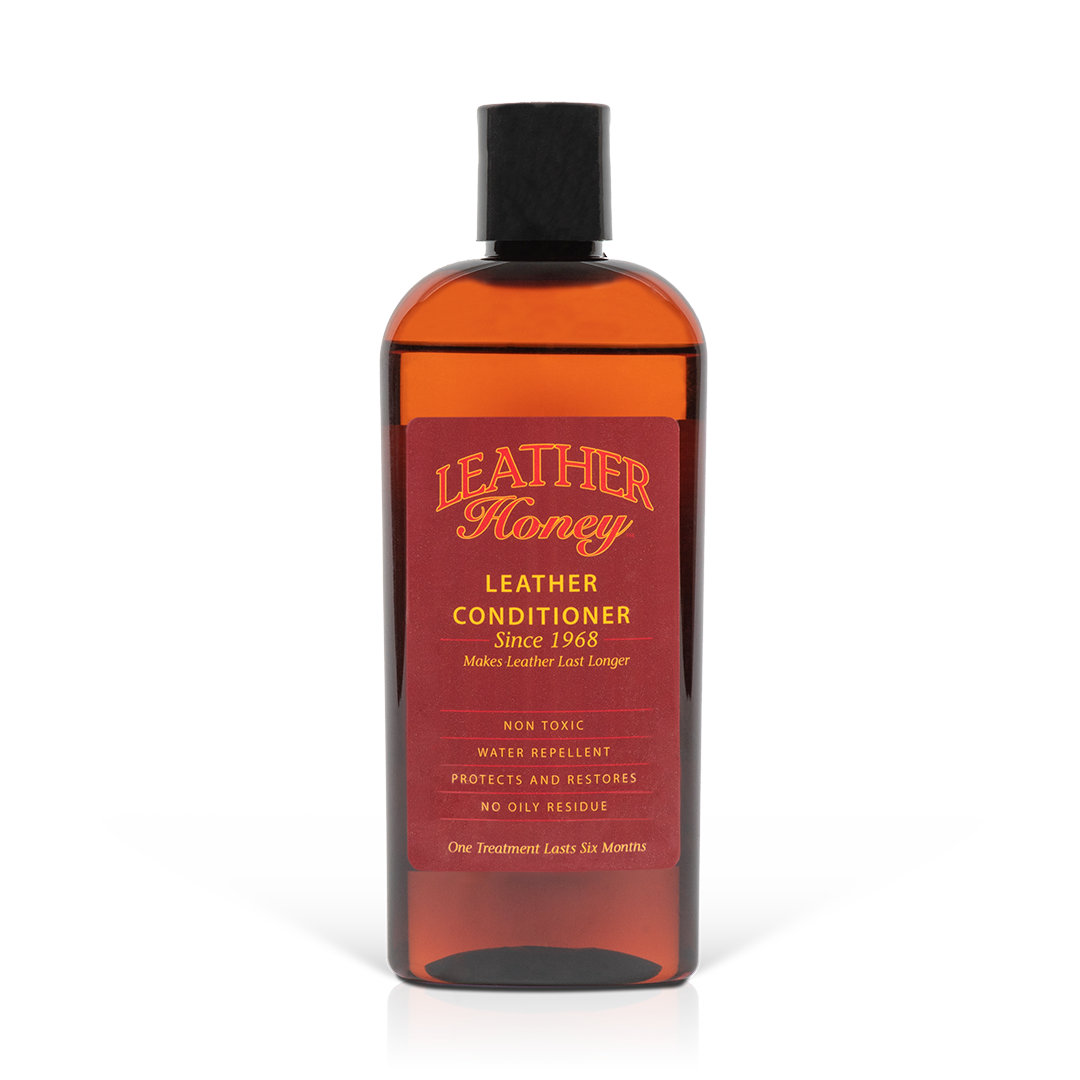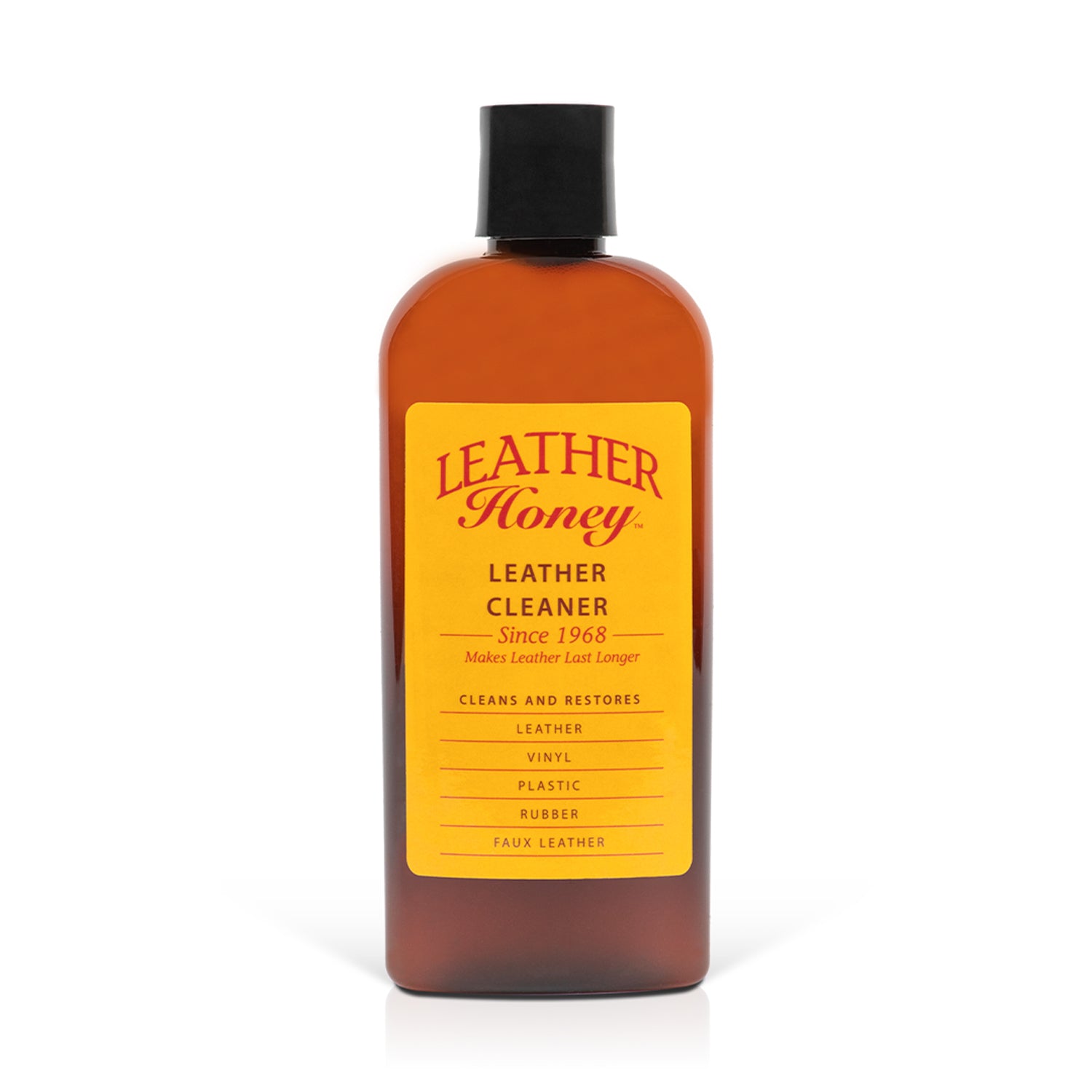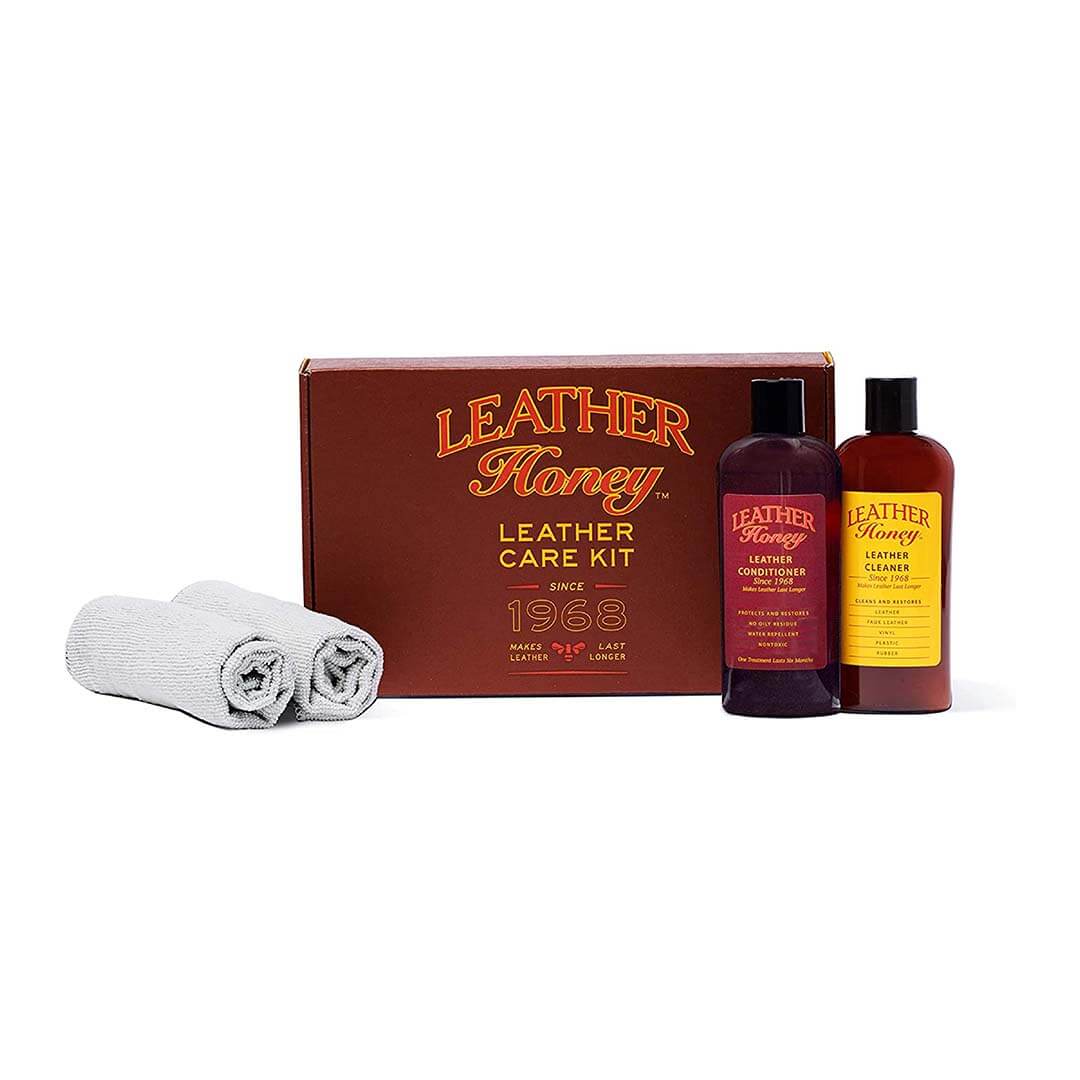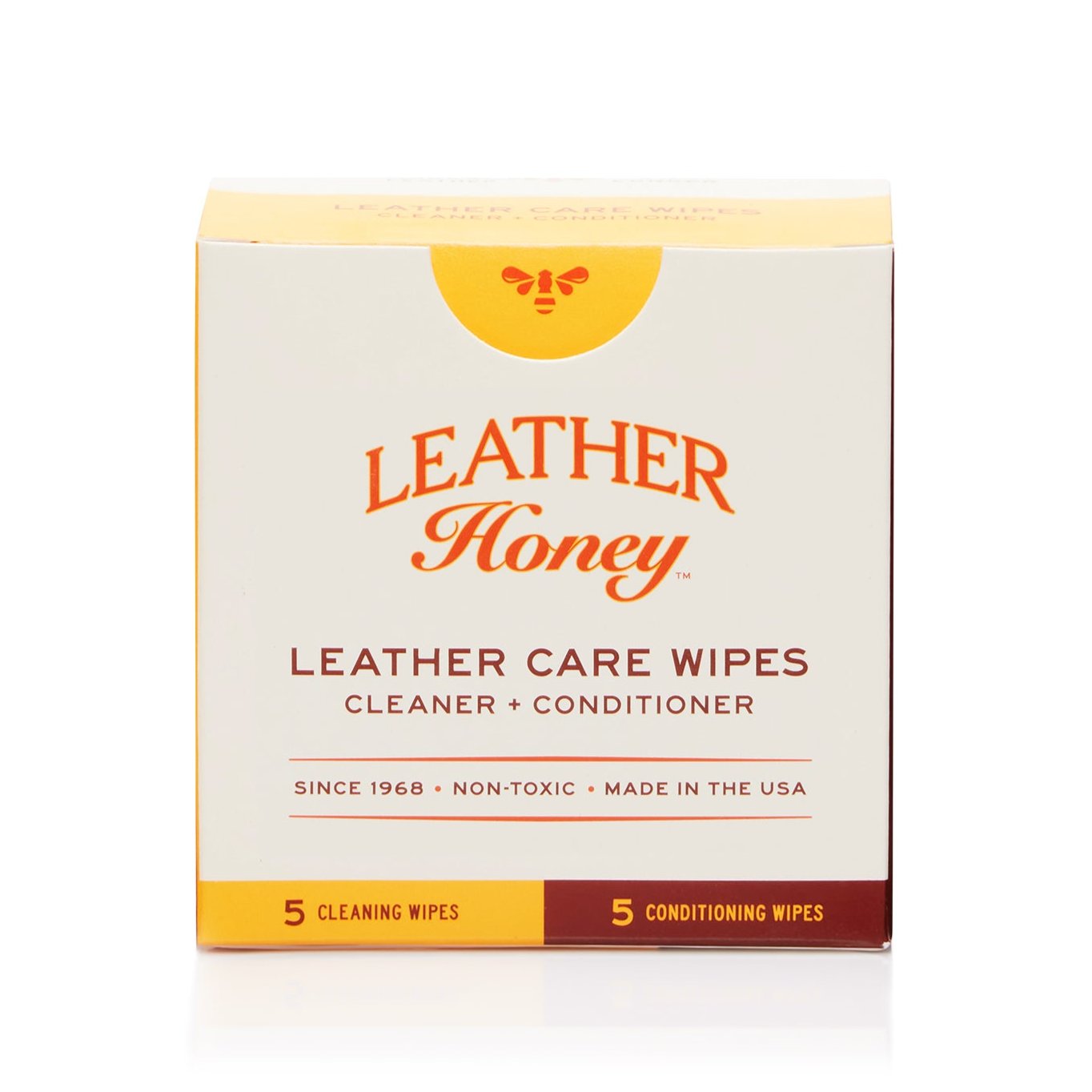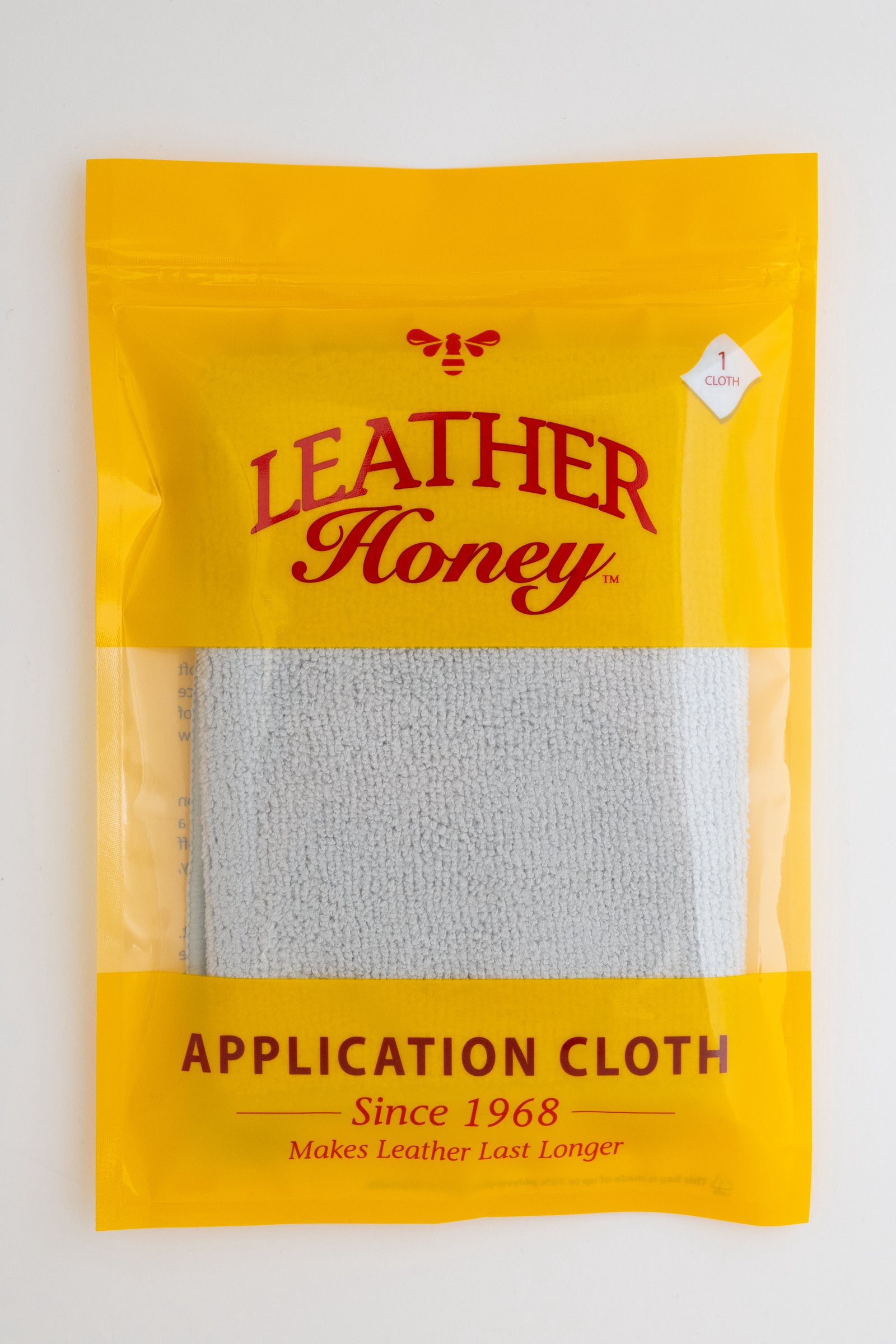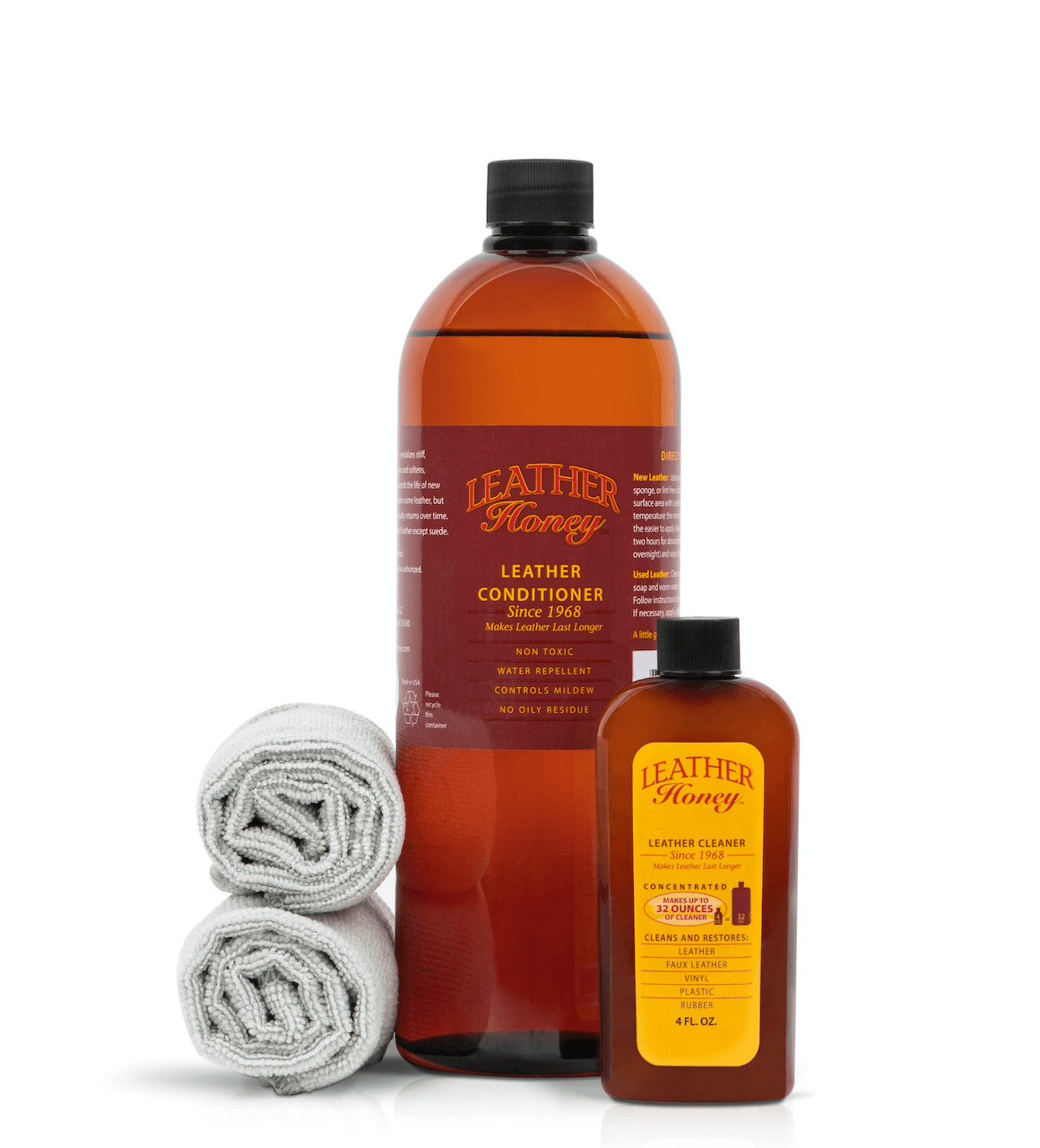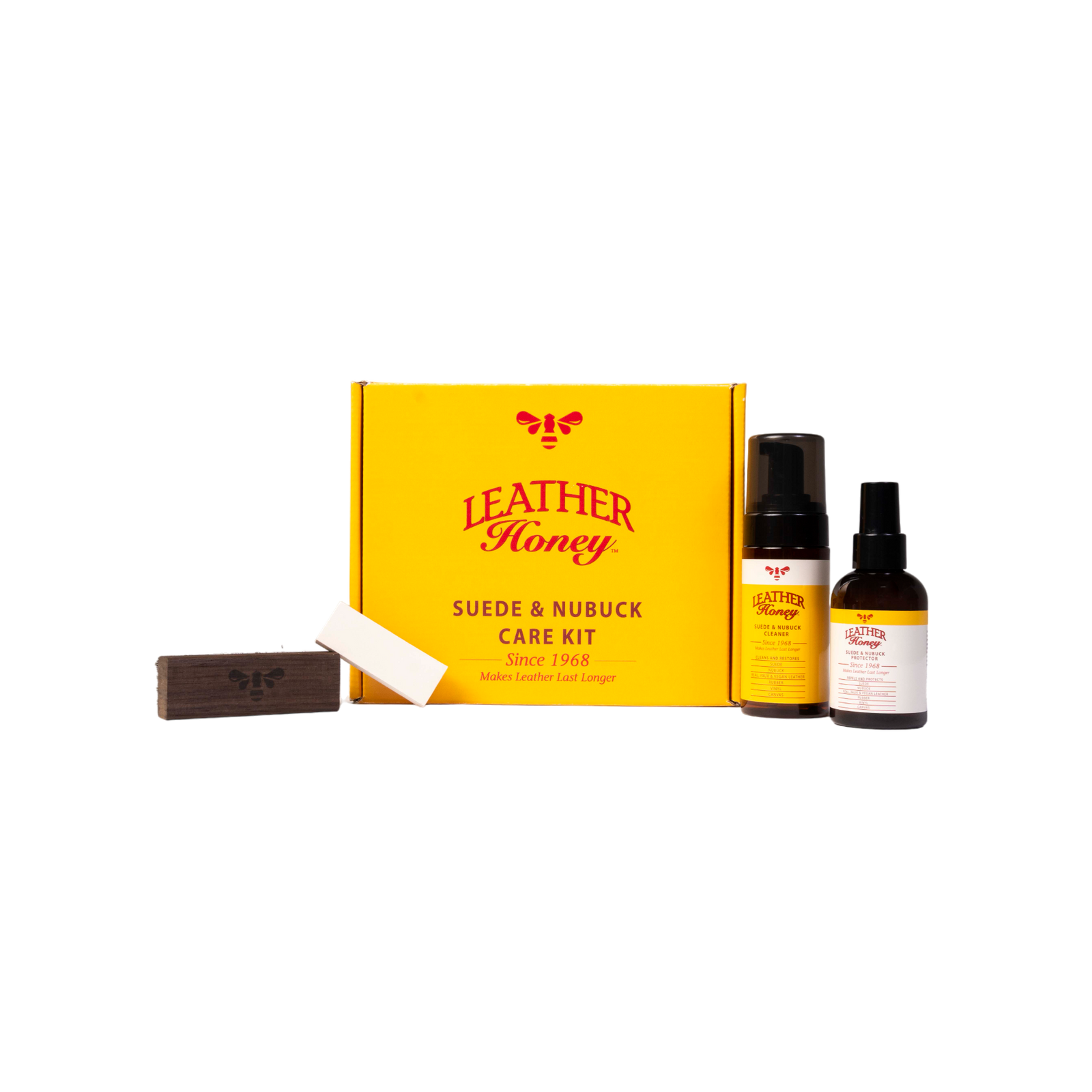Leather is a versatile and durable material, widely used for accessories, clothing, furniture and more. However, just like any other material, leather is also prone to wear and tear. It may fade in color or dry out and crack over time. This is due to lack of proper leather care and environmental influences such as dust, sunlight, oils and rain damage and other things.
If you own leather, you need to become acquainted with leather restoration. That's because typically, everyone forgets to regularly clean and condition their leather products. Wear and tear show up, and now you must work back against that. Here are six tips to help with you with leather restoration.
WHY LEATHER RESTORATION IS IMPORTANT
Before we dive into how to restore leather, it's helpful to know why leather deteriorates and what that means to you. As we mentioned, leather is animal skin. So think of it this way: What happens to your skin when it dries out? That's right — it can crack. The same goes for genuine leather products. Leather restoration is basically reversing the drying out process. Properly cleaning and conditioning your leather will restore it and make it last for many years to come.
LEATHER RESTORATION IN 6 STEPS
1. CLEAN LEATHER REGULARLY
Leather restoration starts with cleaning the surface of the leather on a regular basis. We’re often asked how often you should clean leather, and the answer is twofold: Generally, it makes sense to clean frequently used leather items — especially furniture and car seats — at least once a month to remove dirt, dust and oil build up. You’ll also want to clean as needed to remove spills and prevent stains. You can remove any dirt, debris, or surface stains with a leather cleaning product, like Leather Honey Leather Cleaner.
The first step in leather restoration is removing any loose dirt and debris. Use a handheld vacuum and make sure you get all the cracks and crevices. Once the surface is clear of dirt, apply Leather Honey Leather Cleaner to the surface of the leather using a circular and steady motion. Then wipe it off with a clean, lint-free towel with the same motion.
If you are restoring leather that is exposed to the sun often, we recommend using Leather Honey Leather Cleaner with UV Protectant. This is the same non-toxic leather cleaning formula that consumers love, with the added bonus of a UV protectant. Sunlight can speed up the aging process of leather, so it's important to protect your items — think leather car seats, leather jackets, leather couches, anything that gets heaps of sun — as much as possible.
2. REMOVE SCRATCHES FROM LEATHER
Scratches are one of the primary reasons behind leather restoration. Finished leather, which is commonly used in furniture, may become scratched with pet claws, jewelry, and other sharp items. To properly restore scratched leather, use a moisturizing leather conditioner like Leather Honey Leather Conditioner. Our conditioner will rehydrate the area and camouflage scratches or marks.
We advise testing in a discreet area first and applying leather conditioner to the entire piece — instead of spot treating — as conditioning can darken some leather. The original color often returns over time, as the conditioner dries, but the scratches should remain repaired and hidden by the leather conditioner.
Read More: How to Remove Scratches From Leather
3. RESTORE CRACKED LEATHER
Many leather owners don’t know how to fix cracked leather, so they often end up getting rid of cracked leather items, like couches and shoes, assuming the damage is beyond repair. While that can sometimes be the case, there are many instances where you can restore damaged leather seats, shoes and sofas.
The best way to restore cracked leather is to prevent it from happening in the first place. To prevent cracked leather, keep the leather hydrated with a leather conditioner. You should begin conditioning even new leather every six months to make sure you’re maintaining proper hydration. Preventing cracks is much easier than repairing them once they’ve formed.
» Learn how to condition leather
If your leather is showing only minor cracks, like fine lines in the surface of the leather, leather conditioner will restore the finish of the leather and prevent the cracks from worsening. Again, to prevent new cracks and fix existing cracks, be sure to adequately condition the leather every six months. If the leather absorbs the conditioner quickly, that’s a good sign that the leather is very dry and additional conditioner may be needed.
Unfortunately, once cracks are deep and have formed significant groves or separations in the leather, you can’t repair them with a topical product like a leather conditioner. You will likely need to work with a local leather restoration specialist who can help repair the cracks. Patches or fillers are used by professionals to fix deep cracks in the leather’s surface, especially on leather couches, chairs or car seats.
One side note: leather car seats often harden and crack over time, especially if the leather was coated, which is common with some mass car manufacturers and older vehicles. You can’t condition coated leather, as a conditioner won’t penetrate that thick, synthetic coating. But the coating does typically wear off with use, so it’s important to regularly test whether a conditioner can penetrate the leather. Once it can, start conditioning immediately to prevent cracking. Fixing cracked leather car seats is extremely difficult, so protecting them from the start is key.
4. CONDITION YOUR LEATHER
While cleaning leather is a key part of the restoration of leather, conditioning leather is just as important. Regularly conditioning will help you avoid the restoration of leather in the future. To start leather restoration and conditioning, apply our non-toxic leather conditioner to the leather surface in thin coats, using a lint-free cloth. If you'd rather not use a cloth, you can use our Leather Care Wipes, which come pre-made with the proper amount of conditioner. Allow the conditioner to absorb for at least two hours (preferably 24). Once the leather is dry, wipe off any excess conditioner using a clean lint-free cloth.
5. RESTORE FADED LEATHER
The original color of leather may fade over time due to exposure to sunlight or just general everyday use. Leather Honey Leather Conditioner will bring back the lost color. Again, we recommend applying to the entire piece rather than spot treating. If you need to add additional color, leather color balm is available in a wide variety of colors and shades, which match every original color of the leather. You can apply leather color balm or even leather dye after conditioning.
6. RESTORE WATER-DAMAGED LEATHER
Restoring water-damaged leather can be a tough job, but our products can make it manageable. If the leather is soaked in water, the best way to keep it dry is to wipe the water using a dry cloth. Avoid using heat to dry the wet surface as it will only cause further damage. Time is the best remedy, followed by Leather Honey Leather Conditioner. Water damage can leave leather dry and brittle, so you’ll want to restore lost moisture by conditioning. If the water damage has left water marks on the leather, you should clean the leather thoroughly before conditioning.
MORE TO KNOW ABOUT LEATHER RESTORATION
Here are some common questions people have about how to restore leather.
Can you restore damaged leather?
In most cases, you can restore damaged leather. You just have to properly clean it and then condition it.
How do you revive genuine leather?
You can revive genuine leather by using a premade leather cleaner and leather conditioner.
How do you bring old leather back to life?
You can bring old leather back to life by cleaning it and conditioning regularly.
You May Also Like:
How to Fix Rain-Damaged Leather
